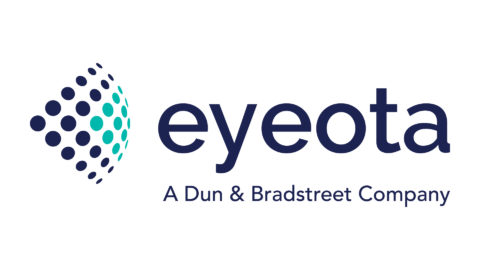[ad_1]
Marketers today have very specific data about their customers: what they purchase, where they live and other personal information. Beyond this, however, brands know very little about customer interests, lifestyles, wants and needs.
While 39 percent of consumers would prefer to purchase from a brand that provides personalised experiences, only 16 percent believe that companies they interact with properly understand their needs, according to 2021 research by YouGov.
Amidst shifting data privacy regulations, how can today’s marketers understand more about who their customers are, and use that information not only to boost customer retention, but to increase new customer acquisition? The answer lies in a savvy third-party data enrichment strategy. Let’s dig deeper into what that looks like.
The Limitations of First-Party Data
ADVERTISEMENT
When marketers have first-party data about their brands’ customers, they know certain things about them: their name, their purchase behaviour and how the brand helps them fulfill their needs. Outside of that, there’s very little knowledge of the customer. What are their other interests? What does their socio-demographic background look like? And what might their other wants and needs be?
Let’s look at a common retail customer example. Let’s call her Sally. Sally regularly purchases with a retailer, so that retailer has a few data point on her. The retailer knows her name, her address and the fact that she buys 25 pairs of socks a year. She comes to that retailer because it has the most amazing selection of socks that she has ever seen.
The retailer knows those tidbits. But it doesn’t know that Sally is also interested in fitness, that she’s a pet owner, and that she works in finance. But if it did, it could significantly up-level the value of its communications and offers.
By using third-party data, the retailer can create a better view of what motivates Sally and start personalising her experience. It can start cross-selling into additional categories while increasing brand engagement. In other words, with third-party data enrichment, the retailer can extend that sock loyalty into other verticals, deepen the relationship with Sally and retain her loyalty.
Enrichment for Customer Retention
Enriching first-party data with third-party data enables marketers to take scattered information about customers and pull it together to start forming a clear, more-holistic picture. The enrichment process fills gaps and enhances the broader scope of a consumer’s interests, behaviours and intent. In other words, it allows a brand to get deeper insights into what customers are thinking and doing. By engaging customers outside of the existing direct relationship, brands can open avenues for more-personal conversations with customers.
As brands obtain more data on customers, they can spot patterns in behaviour and identify attributes that they have in common. Some might be around purchase intent, based on third-party data collected from product review sites, price-comparison websites or sites where a customer filled a cart but didn’t make a purchase. Beyond purchase intent, there are general interest insights that can be gleaned from the news, blogs and other content sites people are visiting, as well as third-party data around product ownership and brand affinity. And, underpinning all of this, there is also classic socio-demographic information — not just age and gender, but also education levels, employment status and more. Each dimension opens new insights that can be used to deepen customer relationships.
Enrichment for Prospecting
Customer retention and loyalty represent one facet of third-party data enrichment. But how can businesses then leverage their customer knowledge to also increase new customer acquisition? In combining data-driven retention and prospecting efforts, companies can maximise the value of their third-party data.
The beauty of third-party data is that it can be integrated seamlessly across a brand’s tech stack — via DMPs, CDPs or other platforms — to power insights for both personalisation and targeting. Equally important, the data should be available in a way that it can be linked with a multitude of identifiers (and be flexible enough to adapt to the ever-changing field of available identifiers). With this approach, data becomes a common currency for insights and targeting that brands can use across all of their advertising and marketing strategies.
When approached correctly, data enrichment feeds the entire funnel. By overlapping a brand’s own first-party data, marketers can identify hidden customer dimensions, as well as unique and shared traits that those customers have. Then, that data can be segmented so that brands can bucket customers into different personas based on enriched consumer insights. From there, marketers can begin to personalise campaign messaging and content based on target audience characteristics.
Meanwhile, in the background, marketers can be building enriched lookalike modeled audiences, or cohorts, based on the personas of current customers. These audiences can help brands acquire prospects with similar traits and attributes, and the enriched lookalike modeled audiences can be activated within demand-side platforms in a way that engages with prospects and target customers across all digital channels.
This is what a future-focused third-party data strategy looks like — and it sits at the heart of today’s future-focused brands.
[ad_2]
Source_ link













